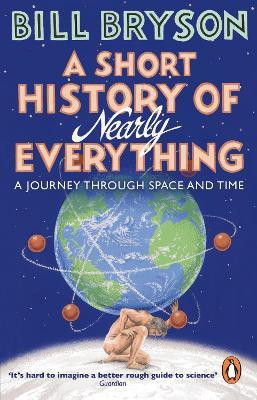
IGNOU BLE 31 Understanding Human Trafficking | Guess Paper | Important Question Answer |Certificate in Anti Human Trafficking (CAHT) - Best IGNOU exam preparation book (Paperback, BMA Publication)
Share
IGNOU BLE 31 Understanding Human Trafficking | Guess Paper | Important Question Answer |Certificate in Anti Human Trafficking (CAHT) - Best IGNOU exam preparation book (Paperback, BMA Publication)
Be the first to Review this product
Special price
₹194
₹399
51% off
Available offers
T&C
T&C
T&C
T&C
Delivery
Check
Enter pincode
Delivery by31 Jul, Thursday
?
if ordered before 11:59 AM
View Details
Highlights
- Binding: Paperback
- Publisher: BMA Publication
- ISBN: 9781415433713
- Edition: Latest, 2025
- Pages: 60
Services
- Cash on Delivery available?
Seller
Description
Introduction to Human Trafficking:
Definition and scope of human trafficking.
Distinction between human trafficking, smuggling, and related crimes.
Overview of the global prevalence and impact of human trafficking.
Legal and Policy Frameworks:
International and national laws addressing human trafficking.
Analysis of key legal instruments and conventions, such as the United Nations Protocol to Prevent, Suppress and Punish Trafficking in Persons (Palermo Protocol).
Examination of government policies, strategies, and action plans to combat human trafficking.
Types and Forms of Human Trafficking:
Understanding the various forms of human trafficking, including sex trafficking, labor trafficking, and organ trafficking.
Identification of vulnerable populations and sectors susceptible to trafficking, such as women and children, migrant workers, and marginalized communities.
Case studies and real-life examples illustrating different manifestations of human trafficking.
Causes and Drivers of Human Trafficking:
Analysis of socio-economic, political, and cultural factors contributing to human trafficking.
Exploration of demand-side factors, including labor exploitation, sex tourism, and supply chain vulnerabilities.
Discussion of root causes such as poverty, inequality, conflict, and discrimination.
Victim Identification and Assistance:
Protocols and procedures for identifying and assisting victims of human trafficking.
Assessment of victim needs, including shelter, healthcare, legal aid, and psychosocial support.
Role of law enforcement, social services, NGOs, and other stakeholders in victim protection and support.
Traffickers and Criminal Networks:
Profiling of traffickers and criminal networks involved in human trafficking.
Analysis of recruitment tactics, coercion methods, and trafficking routes.
Strategies for investigating and dismantling trafficking networks, including intelligence gathering, surveillance, and prosecution.
Read More
Specifications
Book Details
| Publication Year |
|
| Edition Type |
|
| Book Type |
|
| Exam |
|
| Table of Contents |
|
| Number of Pages |
|
Contributors
| Author Info |
|
University Books Details
| Stream |
|
| Degree/Diploma |
|
| Specialization |
|
Additional Features
| Age Group |
|
Be the first to ask about this product
Safe and Secure Payments.Easy returns.100% Authentic products.
Back to top




